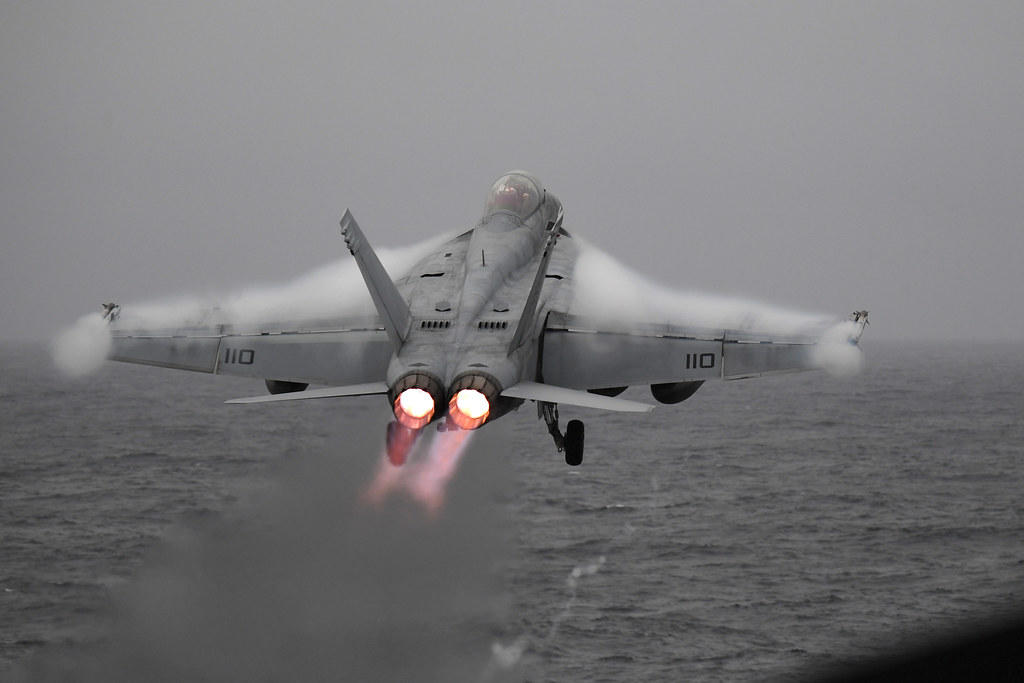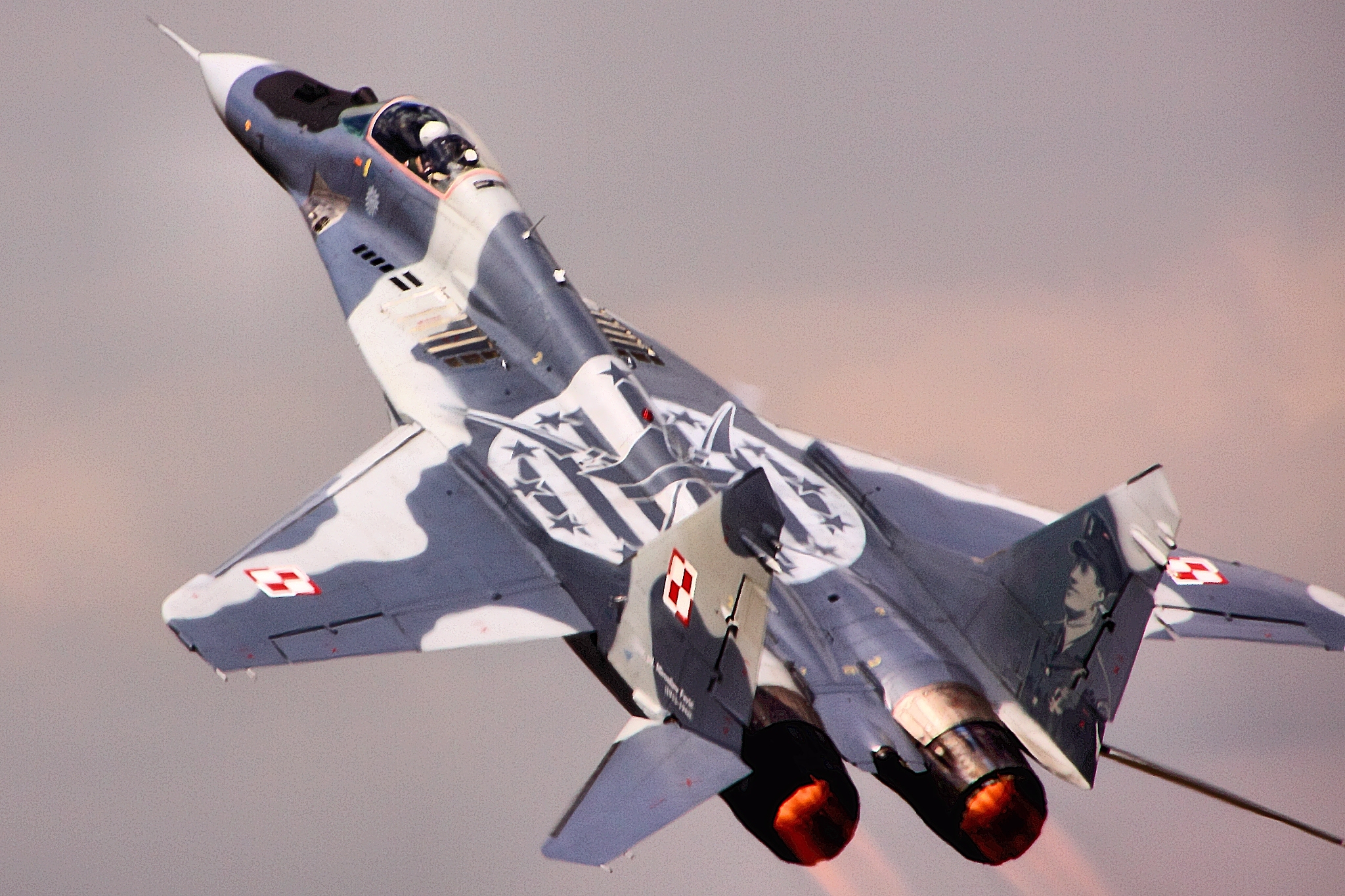
The annals of aerial combat seldom record an engagement that so perfectly encapsulates the fusion of technology, skill, and strategic significance as the Gulf War incident where a U.S. F/A-18 Hornet downed a MiG-29.

GULF OF OMAN (Nov. 1, 2008) An F/A 18 Super Hornet, assigned to the “Blacklions” of Strike Fighter Squadron (VFA) 213, flies over the aircraft carrier USS Theodore Roosevelt (CVN 71) during flight operations. VFA-213 is assigned to Carrier Air Wing (CVW) 8. The Theodore Roosevelt Strike Group is on a scheduled deloyment to the U.S. 5th Fleet area of responsibility, and is focused on reassuring regional partners of the United States’ commitment to security, which promotes stability and global prosperity. (U.S. Navy photo by Lt. Cmdr. Johnnie Caldwell/Released)
This pivotal moment solidified the reputation of the F/A-18 as a versatile and formidable aircraft in combat against one of the most advanced fighters of the time, the Iraqi MiG-29.

The Gulf War, triggered by Iraq’s invasion of Kuwait, saw the coalition forces led by the United States execute Operation Desert Storm, which commenced on January 17, 1991.

The conflict presented an array of challenges, particularly in the air, where Iraqi forces had at their disposal an advanced MiG-29 fighter aircraft, a threat to coalition air superiority.

Lieutenant Commander Mark Fox, piloting his F/A-18 Hornet, showcased exceptional combat skills and technological edge as he engaged with the Iraqi MiG-29.

The MiG-29 was known for its high maneuverability and, at that time, represented one of the most significant threats to the U.S. Navy.

Fox’s triumph was not just a testament to his piloting prowess but also a testament to the F/A-18 Hornet’s capabilities.

Designed by McDonnell Douglas (now Boeing), the Hornet is a multi-role aircraft, adept at striking ground targets, reconnaissance, and air combat.

What makes the Hornet exceptional is its combination of advanced weapons systems, which includes air-to-air and air-to-surface missiles, guided bombs, and cannons.

The aircraft’s flexibility in combat was displayed vividly during the Gulf War encounter, where Fox outmaneuvered and overcame the MiG-29, asserting the Hornet’s air superiority.

However, the prowess of the MiG-29 should not be underestimated. It was highly respected for its performance in close-in dogfights, especially when equipped with a helmet-mounted display (HMD) and Vympel R-73 short-range air-to-air missile.

This combination gave the MiG-29 an edge in dogfight situations, which was demonstrated during joint training exercises between U.S. F/A-18s and German MiG-29s following German reunification.

NATO pilots were notably impressed by the MiG-29’s capabilities in close engagements, featuring superior maneuverability and the effectiveness of HMD in combat scenarios.

The downing of a MiG-29 during the Gulf War represents a blend of technological innovation, strategic execution, and raw aerial combat skill. Engagements like this underline the ongoing advancements in military aviation and the perpetual contest between competing technologies and tactics.

While the Gulf War downing of the MiG-29 is a renowned event, the U.S. military’s encounters with the aircraft did not end there. Subsequent conflicts, including the invasion of Iraq in 2003, also saw instances where U.S. forces engaged and shot down MiG-29s. technologies.
Relevant articles:
– Did the US ever shoot down a MiG-29?, Medium · Global Forces
– MiG-29 kicks F/A-18s ass 🙂, MiGFlug
– 1st Ever Dogfight Between F-18 Fighter & MiG-25 Recalled When US Jet Lost To ‘World’s Fastest’ Foxbat, EurAsian Times, Jan 1, 2024
